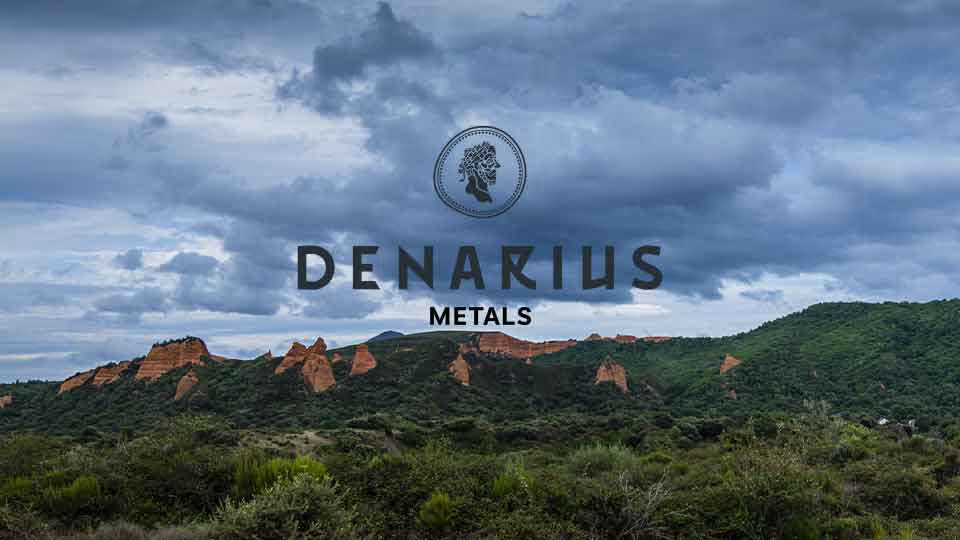Magnis Energy Develops Supply Chain Advantage
Magnis Energy Technologies is thinking big - and making moves to become a leading player in the lithium-ion battery field for electric vehicle and ene …
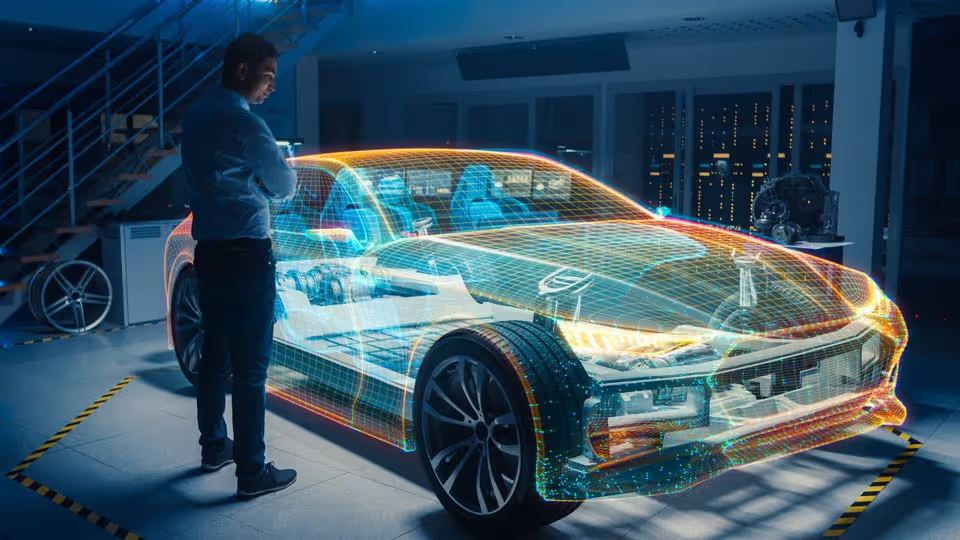
Magnis Energy Technologies is thinking big - and making moves to become a leading player in the lithium-ion battery field for electric vehicle and energy storage markets. To accomplish this, they’ve embraced a business model based on vertical integration that encompasses three core components of the lithium-ion battery supply chain: battery manufacturing, battery technology, and their graphite mining project, as graphite is a significant material in the anode of a lithium-ion battery.
This kind of vertical integration is usually only achievable for the largest players in the lithium-ion battery space, like Tesla (TSLA). And yet, Magnis is knocking on the door, ready to benefit from both the cost and strategic advantages that vertical integration offers.
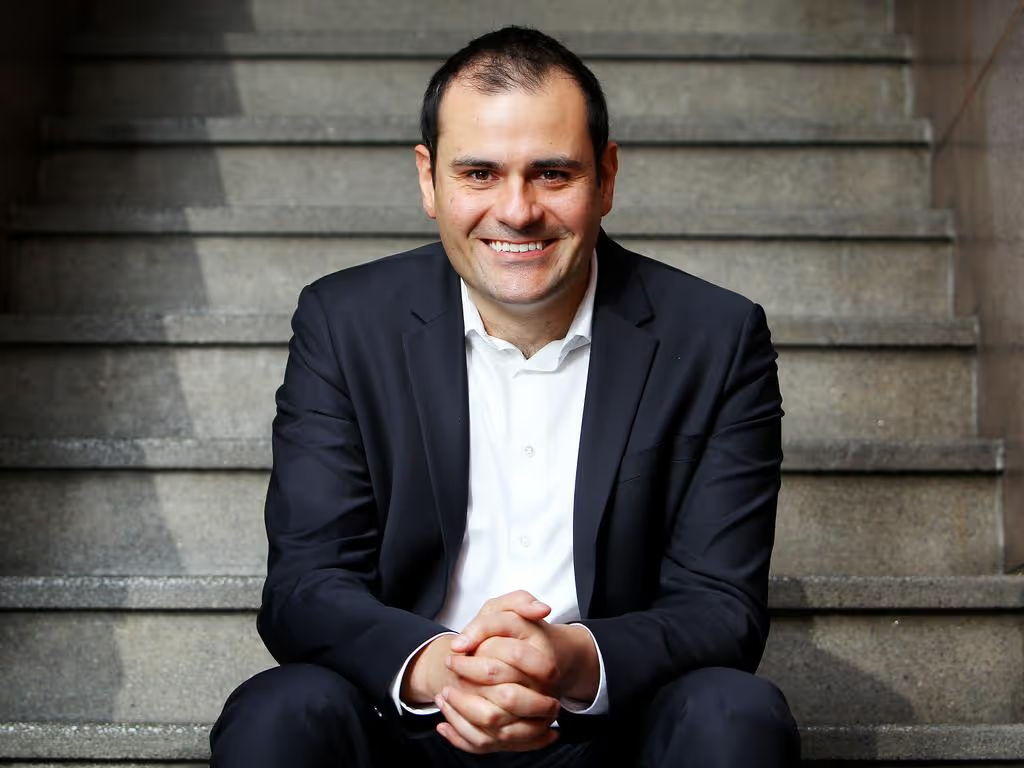
“A vertically integrated business model allows us to control more of the supply chain,” reasons Magnis Executive Chairman Frank Poullas. “You're not beholden to suppliers like China, who at times has turned off the supply of critical minerals that are essential in the manufacturing of lithium-ion batteries. As far as we're aware, we have the only non-Chinese supply chain in the industry.”
This approach will also help Magnis avoid many of the supply chain issues driven by the significant demand for battery materials that are predominantly produced in China, thus giving the company an even greater advantage in the marketplace.
But to fully appreciate the true potential Magnis has, you need to take a closer look at each of the company’s three core components.

One aspect of their vertically integrated model involves a minority investment and partnership model with Charge CCCV LLC (C4V), a New York based company with expertise in patented discoveries in Lithium-ion battery technology and manufacturing.
C4V’s operation, based in Binghamton, New York, is producing next generation high-performing, lithium-ion battery technology with the potential to significantly increase both mileage and power. The technology has patent protection in several countries.
C4V is also developing extra fast charging technology that aims to achieve over 85% of a full charge in just six minutes.
“The extra fast charging technology is a game changer,” Poullas declared. “Especially for the transportation industry. Aside from short pit stops, drivers will be able to be on the road constantly.”
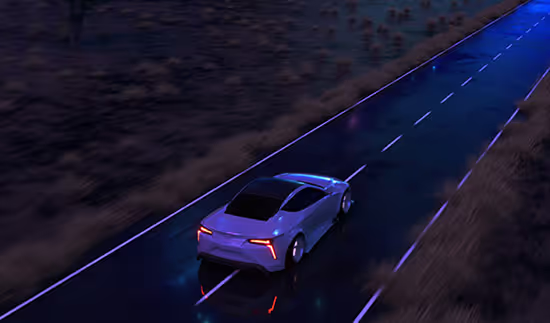
Magnis’ world-class lithium-ion battery plant, another core element of their vertically integrated business model, is just as impressive. The Endicott, New York plant is run by Magnis subsidiary Imperium3 New York Inc. (iM3NY), and is fully funded to begin commercial production in the first half of 2022 and scale up to 1.8 gigawatt hours of annual supply. Despite not yet being in full production, the company already has several binding sales agreements in place.
Also noteworthy is the fact that battery cells to be manufactured at iM3NY will use C4V’s technology that has been independently verified by world-renowned agency Abt Associates, commissioned by the New York State Energy Research and Development Authority. The major conclusion from the report was that batteries produced using their technology are some of the greenest in the world.
The final component of Magnis’ vertically integrated business model is their graphite mining project in Tanzania, where they can produce high-purity battery-grade material without any chemical or thermal purification. The company believes this is an industry first, which would further ensure that their batteries are amongst the greenest in the world.
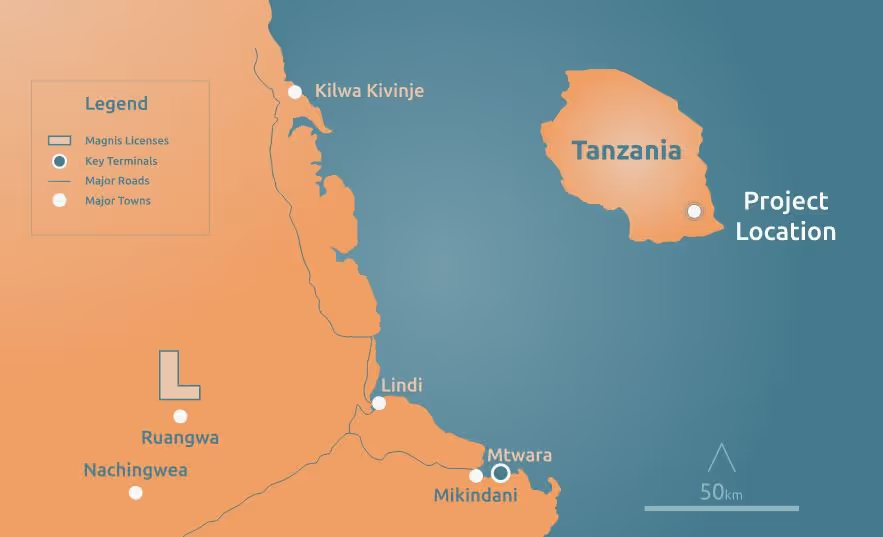
Magnis’ Tanzanian mine has a resource that allows for the production of 220,000 tonnes of graphite concentrate per annum, with an initial reserve life of around 15 years.
But all this is just the start, given the significant growth plans Magnis has targeted. “We're really excited about what the future holds for our lithium-ion battery cell manufacturing in the U.S.,” Poullas said. “Our plan is to expand our Endicott plant capacity to 32 gigawatt hours to meet the growing demands that will be coming online in the next two to three years. We also have plans to build a battery plant in Townsville, Australia with an ultimate manufacturing capacity of 18 gigawatt hours. And of course, we’ll be gearing up our graphite mine in Tanzania to full-scale production.”
The company’s ambitious growth strategy is supported by a highly experienced management and technical team with unrivaled capabilities. One notable association was Professor M. Stanley Whittingham, the inventor of the lithium-ion battery and 2019 Nobel Prize in Chemistry recipient. Another is C4V’s Dr. Shailesh Upreti, who was mentored by Professor M. Stanley Whittingham, and has been awarded numerous patents for composition of matter discoveries related to the lithium-ion battery over the last 20 years.

“What excites me the most about the future and especially the next year or two, is upscaling production at the New York battery plant and solidifying the pipeline of potential customers,” Poullas said, “Our prospective pipeline includes some of the largest names in the automotive industry”.
If Magnis can continue to execute on their strategy, their ambition to be a significant global player in the lithium-ion battery supply chain might just be within reach.
For more information on Magnis Energy Technologies (OTCQX: MNSEF) please click the request investor info button.

FULL DISCLOSURE: Magnis Energy Technologies is a client of BTV-Business Television. This article does not constitute investment advice. Each reader is encouraged to consult with his or her individual financial professional. Any action taken as a result of reading information here is the reader’s sole responsibility.
You might also like


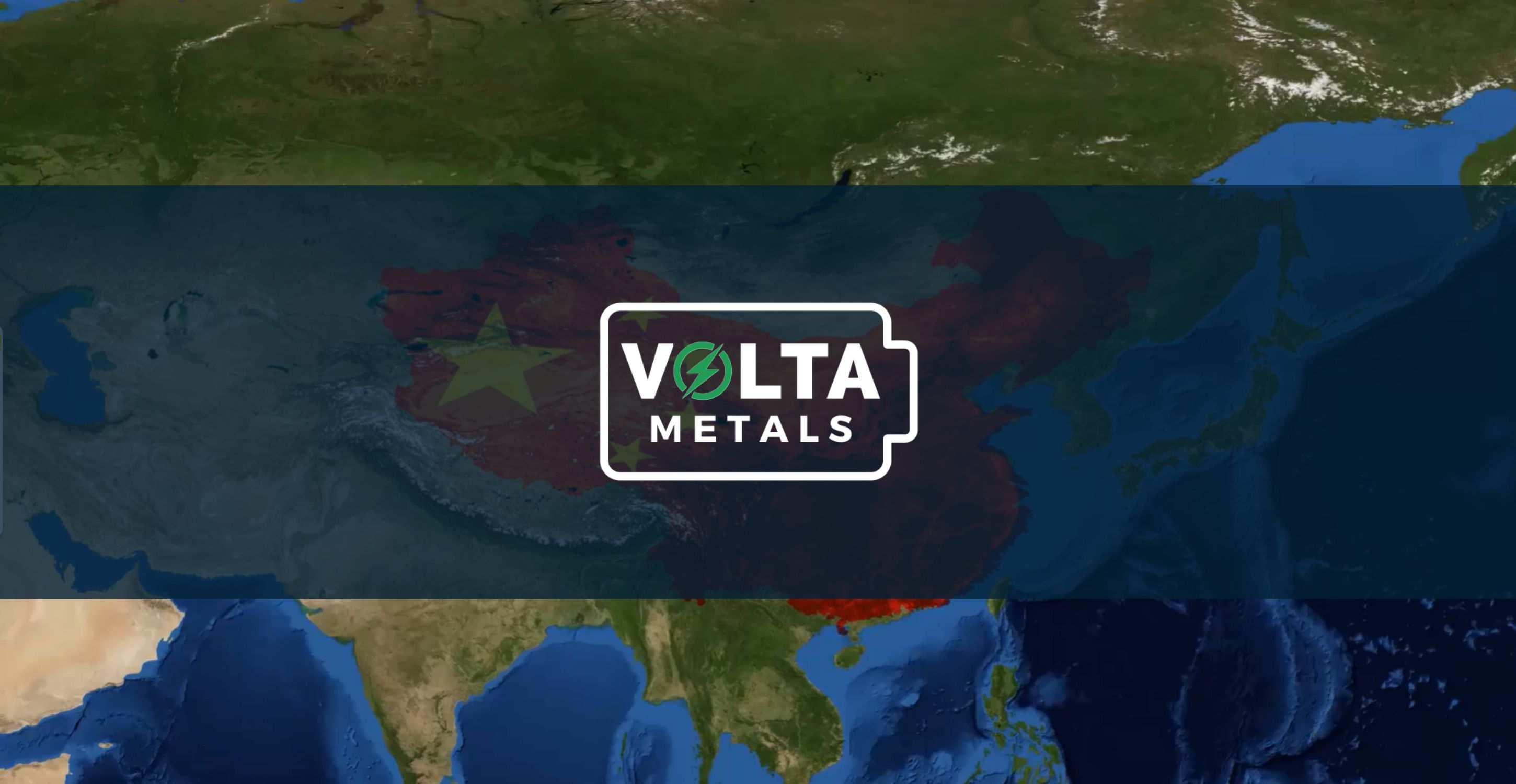
.png)

